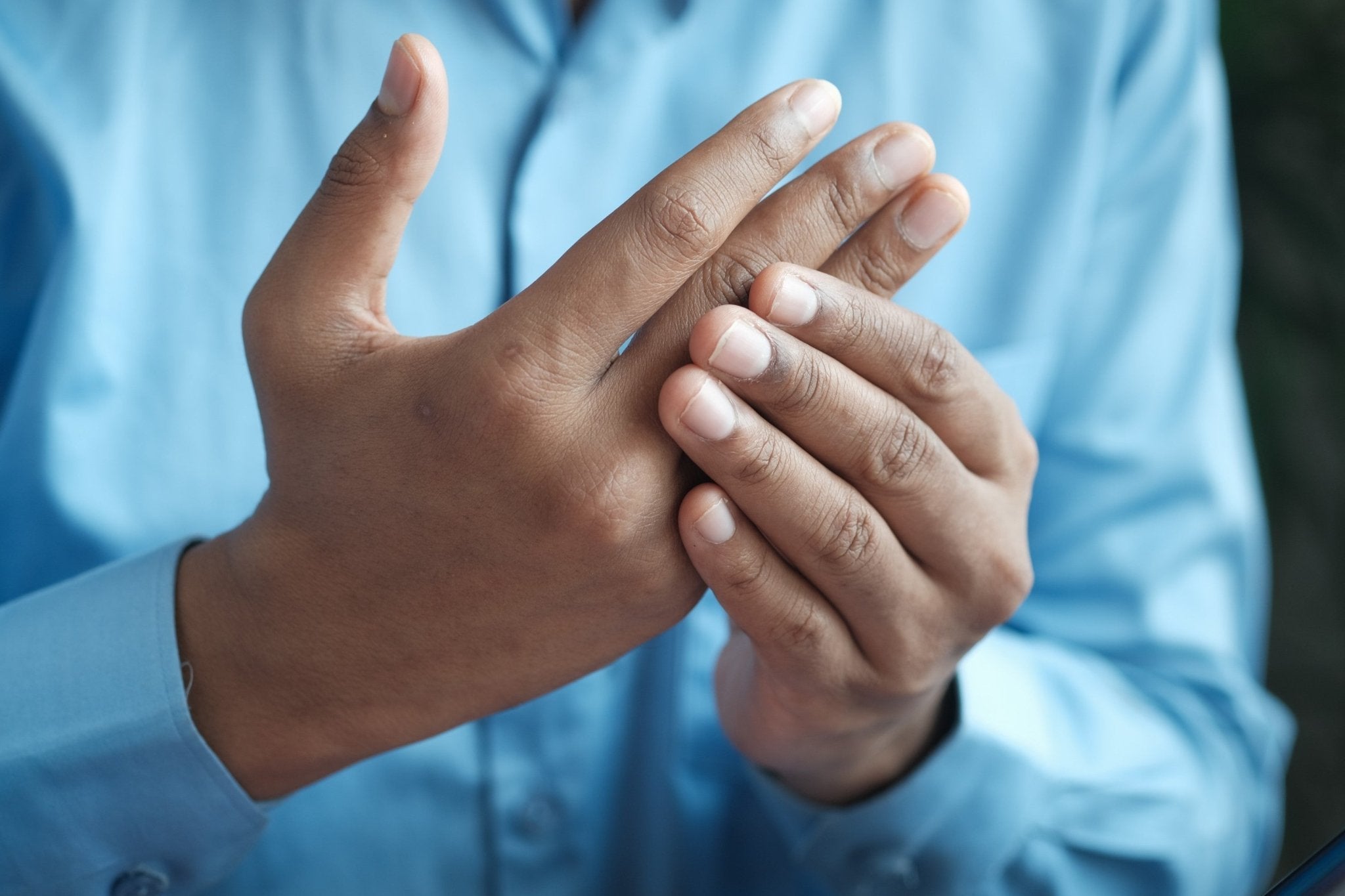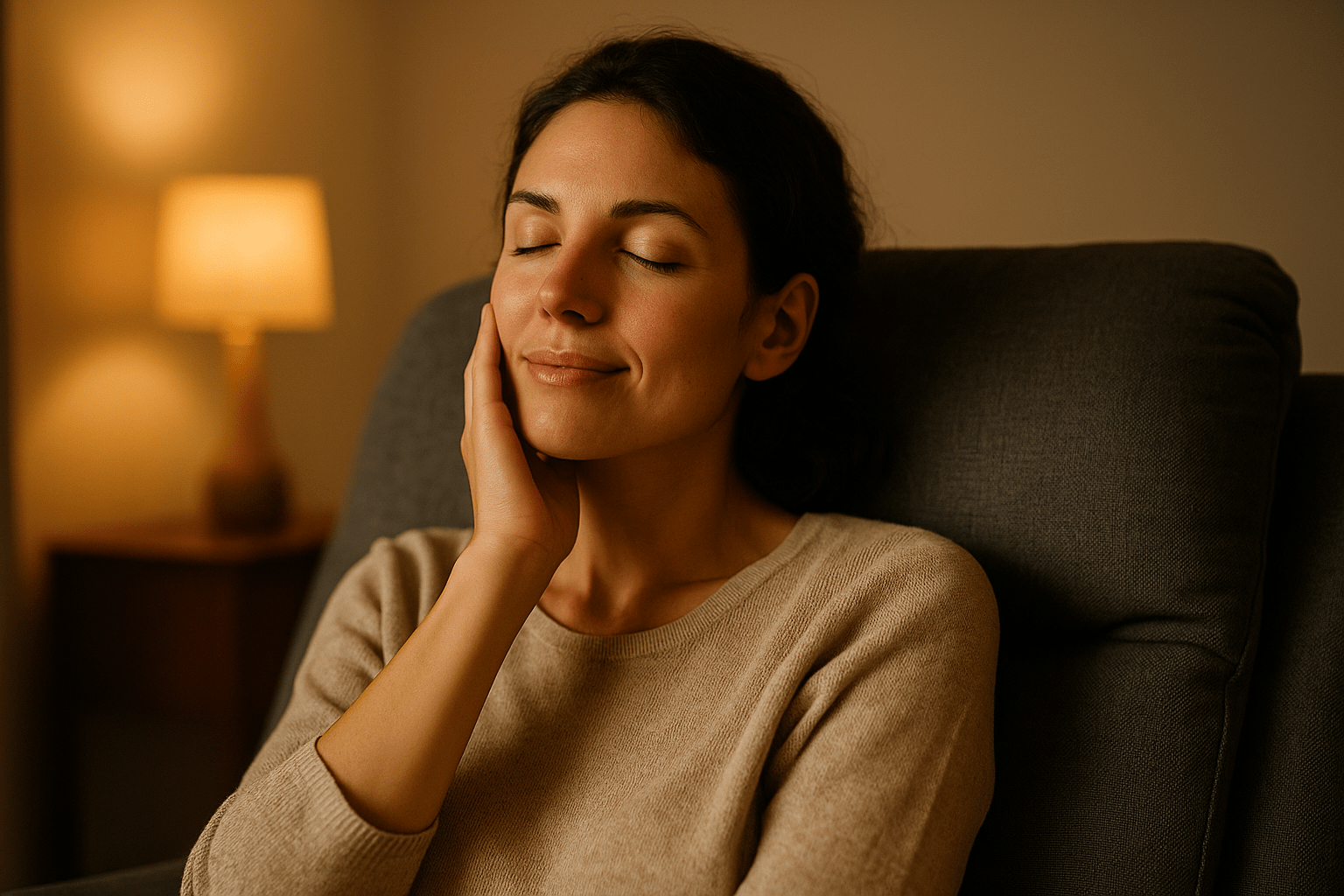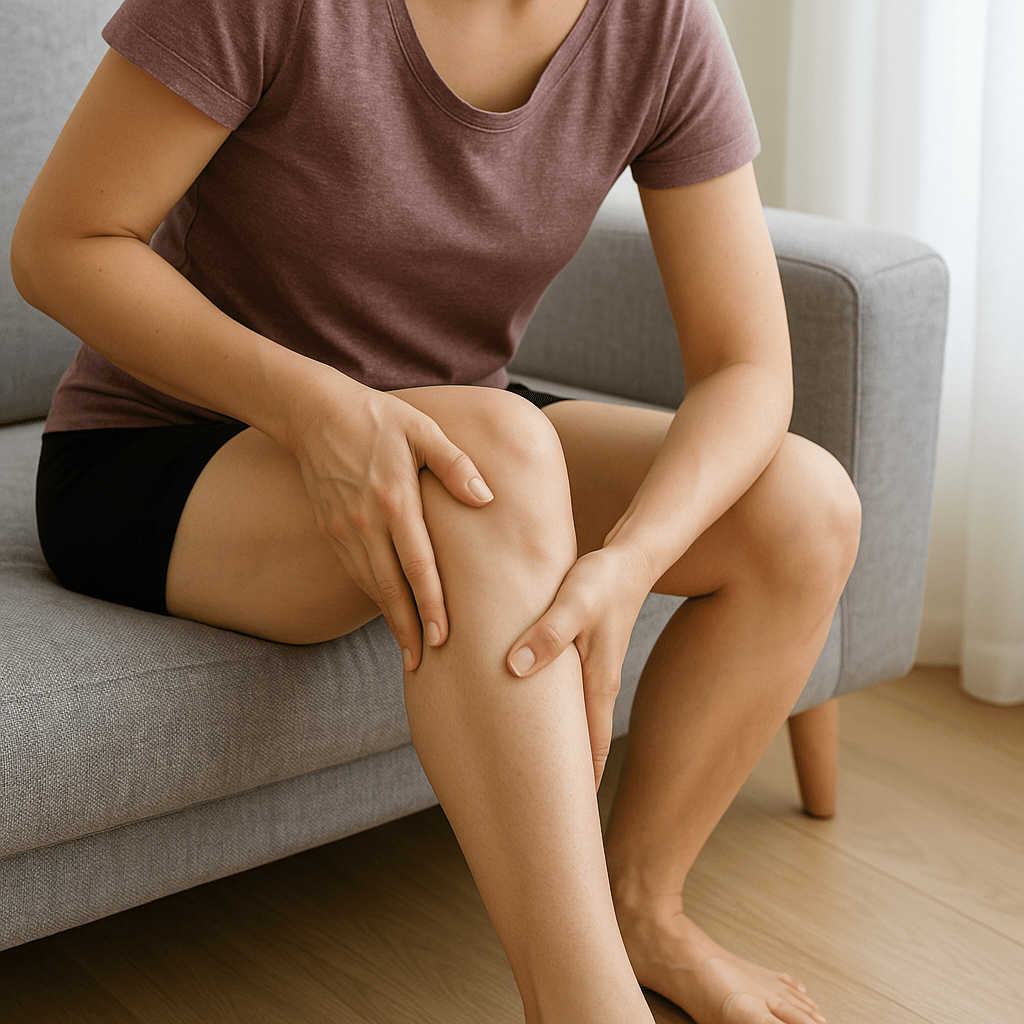Relieve osteoarthritis pain with massages
There are diseases that are so common that we encounter those affected every day without even realizing it. The Robert Koch Institute has published statistics on the prevalence of osteoarthritis, revealing that around 14 million people in Germany alone are affected by this wear and tear disease. This corresponds to a rate of almost 18 percent among adults, with women being affected more frequently in old age. So how can it be that something as natural and simple as a massage is supposed to be a real miracle weapon against osteoarthritis? Reading tip: Massages actually work in many different ways. In our article "From head to toe - where massages help", you will...


There are diseases that are so common that we encounter those affected every day without even realizing it. The Robert Koch Institute has published statistics on the prevalence of osteoarthritiswhich reveals that around 14 million people in Germany alone are affected by this wear and tear disease. This corresponds to a rate of almost 18 percent among adults, with women being affected more frequently in old age. So how can it be that something as natural and simple as a massage is supposed to be a real miracle weapon against osteoarthritis?
Reading tip: Massages actually work in many different ways. In our article "From head to toe - massages help here" gives you an overview of how multifaceted their healing effect can be.
In this article, we take you on a journey into the world of massage therapy. Find out how targeted massages can not only relieve pain, but also improve your mobility, and discover which techniques are particularly effective in improving your well-being despite osteoarthritis. But first, let's understand what exactly osteoarthritis is.
A closer look at osteoarthritis: What is this disease actually?
First and foremost, osteoarthritis is one of the most common joint diseases worldwide and is characterized by the wear and tear of joint cartilage. This cartilage normally acts as a connector and buffer for the joints. As the disease progresses, however, it becomes thinner and rougher, which can lead to direct contact between the bones and thus to painful friction and inflammation.
Osteoarthritis can manifest itself in various stages, ranging from mild to severe symptoms. Mild symptoms can manifest as occasional pain, stiffness after periods of rest or slight swelling in the affected joints. As the disease progresses, there may be pronounced inflammation and more severe and persistent pain, especially during movement. In the most severe stage of osteoarthritis, joint deformities often occur.
These deformities are caused by the progressive breakdown of the joint cartilage, which leads to a change in joint structure and function. This can manifest itself in a visible deformation of the joint, reduced mobility and, in some cases, a visible curvature of the limbs.
While many people believe that osteoarthritis only affects older people, it actually affects a wide age group and sometimes even children. Possible causes range from genetic predisposition and previous injuries to obesity and chronic overuse of the joints. Depending on the severity, the consequences can be painful.
Reading tip: In addition to osteoarthritis, joint pain can also be caused by arthritis. You can find out more about migrating joint pain all over the body in our article.
Osteoarthritis pain: from the first signs to chronic pain
Your osteoarthritis pain will probably start with a stabbing or burning sensation that is particularly noticeable when you get up in the morning. This initial pain is typical of the onset of osteoarthritis and can temporarily improve with continued movement. Over time, however, the pain can become chronic and concentrate mainly in areas subject to heavy strain, such as the knee joints, hips, hands and spine.
The pain can vary from mild discomfort to intense, movement-restricting sensations. In advanced stages of osteoarthritis, there can be significant stiffening of the joints, which further restricts your mobility and increases the pain. This significantly impairs everyday activities such as walking, writing or sleeping and can greatly reduce your quality of life. Naturally, those affected look for solutions to regain their well-being. The good news is that one of these approaches is extremely pleasant and relaxing.
Massage, the "miracle weapon" against osteoarthritis and its symptoms
As one of the oldest forms of body therapy, massage is one of the most effective ways to relieve arthritis pain. Using targeted techniques such as kneading, rubbing and pressing, massage can increase blood circulation in the affected area, which in turn helps to reduce inflammation and relieve pain. Massages that are tailored to the individual needs and pain points of those affected are particularly effective.
Massages can also have a preventative effect by strengthening the muscles and keeping the joints supple. Regular applications can help to maintain your joint mobility and reduce the risk of osteoarthritis-related pain. For chronic pain or specific osteoarthritis conditions, such as forms of the disease triggered by autoimmune disorders, it is advisable to consult a specialist to discuss a customized massage treatment. In the case of acute symptoms, on the other hand, those affected need quick solutions.
Acute pain relief: what to do in the event of sudden osteoarthritis pain?
However, even if arthritis pain occurs suddenly and unexpectedly, there are several self-help measures that can provide short-term relief. Light, self-performed massages can help, especially when performed with gentle, circular movements around the painful joints. This technique helps to relax the muscles and promote blood circulation, which can lead to short-term pain relief.
Depending on individual tolerance and preference, cooling or warming applications can also be useful to reduce inflammation and relax muscles. However, always pay attention to your body's signals in the event of acute pain and seek medical advice if necessary. The top priority is always to ensure appropriate treatment for your needs.
But what can I do to avoid the need for treatment in the first place? How can I prevent the development of osteoarthritis?
Preventing osteoarthritis: what measures can you take?
The frequency of the disease is already an indication that our life circumstances are in many cases the trigger for osteoarthritis and it is often ironic and certainly no coincidence that diseases restrict us in precisely those areas that would originally have protected us against them. In the case of osteoarthritis, it is exercise, but not exclusively. Preventing osteoarthritis requires a comprehensive approach that takes various areas of life into account. This includes diet, regular exercise and weight control play a decisive role. play a crucial role. Let's take a look at how you can integrate these aspects into your everyday life to support your body and prevent osteoarthritis symptoms.
Exercise to strengthen the muscles surrounding the joints

Regular exercise is simply an important prerequisite for healthy joints. Joint-friendly sports such as cycling, swimming, yoga or Pilates strengthen the muscles, promote flexibility and increase endurance without putting too much strain on the joints. Make sure you choose exercises that suit your individual needs. Gymnastics groups or exercise therapy in consultation with a physiotherapist could also be a useful addition. Ask your doctor about these options, as they will usually know what is available in your area and which exercise group is suitable for you. A moderate but regular exercise program helps to maintain joint mobility and slow down the progression of osteoarthritis.
Adapted diet to counteract inflammation
Also an anti-inflammatory diet can also make a significant contribution to relieving osteoarthritis pain. It is advisable to include foods high in omega-3, such as oily fish, flaxseed and walnuts, in your diet. Antioxidant-rich foods, including dark berries, green leafy vegetables and sweet potatoes, also help to reduce inflammation. Spices such as ginger, turmeric and garlic also have an anti-inflammatory effect. Incorporate these ingredients into your diet. It is often enough to spice up a few of your favorite recipes with them.
A low-calorie diet with few processed foods and a reduced amount of animal products also supports weight control, another factor in prevention.
Weight reduction to avoid overloading and incorrect loading
It is so obvious and yet unfortunately this aspect is often only taken into account when the painful long-term consequences become apparent. Excess weight increases the pressure on the joints and not only promotes the development of osteoarthritis, but also exacerbates the pain caused by the disease if it is already present.
To counteract this, a balanced, calorie-controlled diet coupled with regular exercise is the only way to reduce body weight. reduce body weight. Methods such as intermittent fasting and similar diets that aim to reduce calorie intake can support weight loss and thus lead to a reduction in joint stress in the long term. In addition, professional nutritional counseling can provide personalized recommendations and help facilitate a change in the usual eating routine to ultimately achieve and maintain a healthy body weight.
In many cases, losing a few kilograms of body weight is of course not that easy. It requires a change or adjustment of habits that have usually been learned for a long time and are difficult to break. Ask your doctor about this too. Doctors' surgeries often offer nutrition courses themselves or have recommendations for advice and courses in your area to help you lose weight permanently.
Osteoarthritis and its cure: a look into the future
To manage your osteoarthritis symptoms, you can rely on a combination of an adapted diet, regular exercise, weight management and massage therapy. These changes, which you should integrate into your everyday life, offer a gentle alternative to invasive treatments.
Unfortunately, you will always find forums on the Internet that claim, "Curing osteoarthritis is so easy." In fact a cure is unfortunately not possiblewhich is why the focus here should be very much on combating symptoms and eliminating causes. Diet, exercise and strengthening the muscles are supportive and natural measures to achieve a more active and less painful lifestyle.
Freedom from pain despite osteoarthritis: taking the initiative to lead a fulfilling life
In Germany, where around 14 million people are affected by osteoarthritis, it is essential to explore effective ways of relieving pain and promoting mobility. Our experience with massage therapy has shown that this technique is far more than just a means of relaxation. It can play an essential role in relieving osteoarthritis pain and should be part of a holistic approach to treatment.
This includes a healthy diet, regular exercise, medical care and regular massages. Even if a complete cure is not possible, the symptoms can be alleviated and the quality of life improved. Osteoarthritis may be a long-term challenge, but with the right strategies and aids, it is possible to reduce symptoms and lead an active, fulfilling life.

Co-founder and Managing Director of Massage Chair World. With his expert knowledge and industry expertise, he helps private individuals and companies to find the right massage chairs for relaxation, health and vitality. The individual expert advice is provided both by telephone or video chat, as well as in the exhibition outside Stuttgart.




